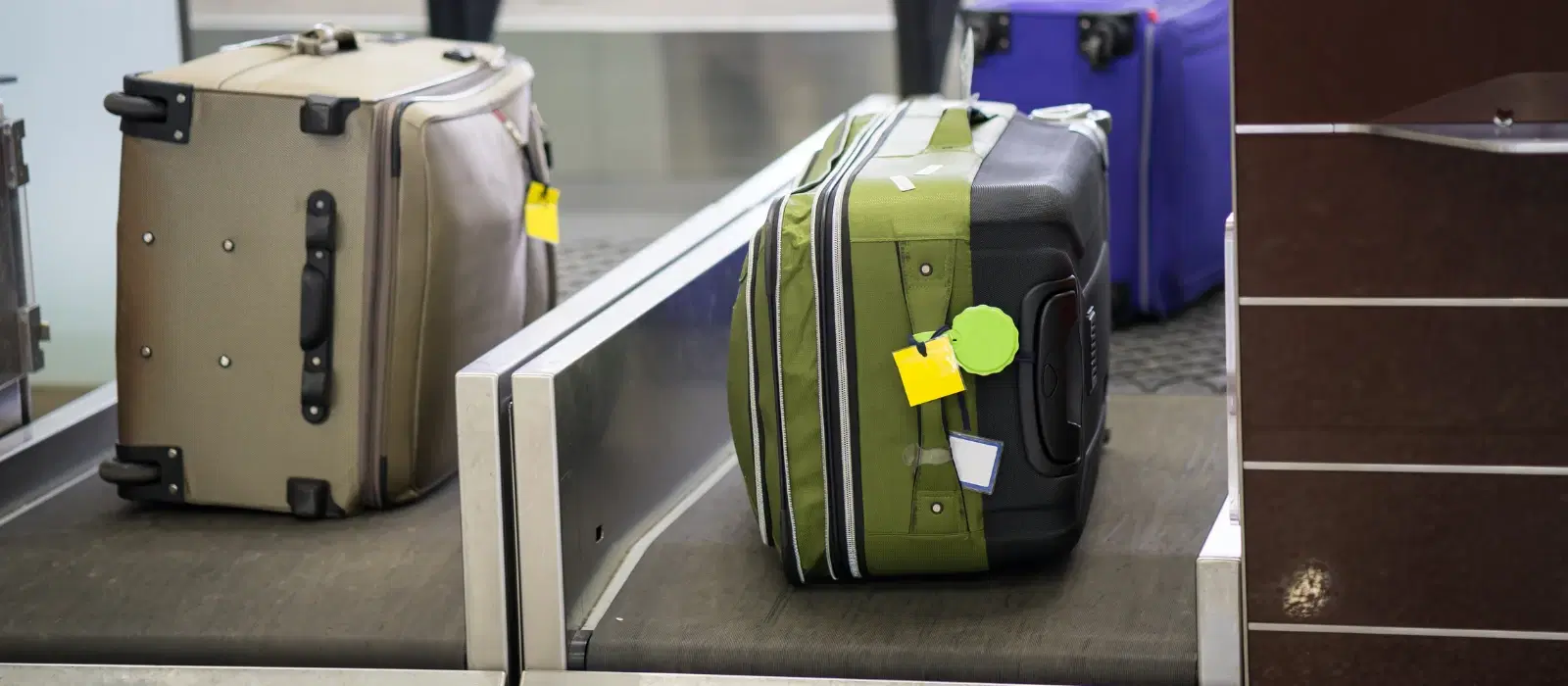
Hotels
•04 min read

Have you ever struggled with an overpacked suitcase, desperately trying to find space for that extra pair of shoes or a souvenir? In the hustle of travel planning, especially for Indians embarking on both short getaways and extended pilgrimages, every inch of luggage space counts. Vacuum packing clothes for travel offers a game-changing solution, drastically reducing clutter and preserving your wardrobe in pristine condition. This post will walk you through the art of vacuum packing, equipping you with essential travel storage solutions, and guiding you away from common packing pitfalls.
Vacuum packing is a method that compresses your clothes by removing excess air. By sealing garments in specialized bags, the method reduces the volume of the content. This process is especially useful for travelers who want to pack efficiently and reduce suitcase bulk. It’s a practical solution that complements other space-saving travel tips and compact packing methods used widely by savvy Indian travelers.
There are several benefits to adopting vacuum packing. Not only does it maximize suitcase space, allowing for more belongings or souvenirs, but it also minimizes wrinkles, helping keep your clothes looking fresh even after a long journey. Furthermore, it offers a systematic way of organizing luggage for travel, ensuring that every item is at its best when its time comes to shine during your itinerary.
When it comes to selecting the right vacuum packing bags, there are a few options available. Roll-up compression bags are ideal for those who prefer a manual method that offers control. Vacuum bags equipped with pumps or portable vacuum bags enable a quick and efficient process, making them perfect for travelers who value speed and convenience. For an Indian traveler with varying packing demands, choosing durable, high-quality options ensures reliability throughout your journey.
Apart from the bags, additional equipment like portable vacuum pumps or hand pumps can make the process even more efficient. These tools help in completely removing the air and securely sealing the bags to avoid damage to your clothes. Investing in robust tools is essential for those who travel frequently and need their clothing storage to remain consistent and reliable.
Before you start the vacuum packing process, wash and dry your clothes thoroughly to prevent any unwanted odors or mold. Sorting your clothes into categories, such as daily wear, party outfits, or sporty attire, also helps in organizing your packing strategy according to your travel itinerary. This simple preparation step sets the stage for an efficient packing experience.

To pack clothes efficiently, consider the benefits of folding or even rolling your garments. Rolling can often create more space inside the bag, while folding may work best for certain types of fabrics. Arranging items in layers and stacking them according to frequency of use not only helps with packing clothes efficiently but also ensures that your journey remains hassle-free.
Next, place your sorted and neatly folded clothing into the vacuum bag. Whether you're using a pump or manually rolling out the air, follow the bag’s instructions meticulously. Begin by sealing one end, then remove the air slowly to ensure maximum compression. Finally, secure the bag to lock the condensed space, avoiding any air leakage that might occur during transit.
One common issue with vacuum packing is the risk of wrinkles. To combat this, insert tissue paper between layers or even incorporate travel packing hacks like packing cubes. Such practices help maintain the fabric’s integrity, ensuring that your clothes are as smooth as they were when freshly pressed.
While vacuum packing helps reduce bulk, it can also lead to a false sense of efficiency, prompting you to overpack. This can result in heavier luggage and potential issues with airline weight limits. Strike the right balance by sticking to essential items and keeping the weight in check with careful planning.
It is important to note that vacuum packing is best suited for short-term travel rather than long-term storage. Extended periods in a vacuum-sealed bag can weaken fabric fibers and increase the risk of mold in humid conditions. Consider unpacking and airing out clothes as soon as you reach your destination to preserve their lifespan.
For the ultimate travel packing hacks, combine vacuum packing with other ingenious methods like using packing cubes or layering items strategically. For delicate fabrics, using acid-free tissue paper offers extra protection during the vacuum sealing process. These expert tips ensure that not only do you reduce luggage space, but you also keep your wardrobe in excellent condition.

Vacuum Packing Can Save Up to 50% of Luggage Space! Studies show that by using this method, travelers can reduce suitcase space by up to 50%. This technique is a favorite among travelers with limited luggage capacity and is a proven strategy to boost your clothing storage for trips.
Vacuum packing can cause wrinkles and weaken fabric fibers if used for long-term storage, but it’s safe for short-term travel.
Yes, most vacuum storage bags are reusable, but make sure they are made of high-quality plastic to avoid wear and tear.
Not necessarily. Roll-up compression bags often allow manual air removal, making them perfect for quick and simple packing routines.
While vacuum packing significantly reduces the volume, the weight of the clothes remains unchanged. Pay close attention to airline weight limits during your travel.
Folding or rolling clothes carefully, using tissue paper between layers, and unpacking promptly when you reach your destination are effective methods to minimize wrinkles.
Vacuum packing your clothes for travel is a smart, efficient way to reduce clutter and organize your luggage. By understanding the process and following these detailed steps, you can pack smarter and avoid common pitfalls such as wrinkles and overpacking. Embrace these techniques to enhance your travel experience, ensuring that every journey is as smooth and effortless as possible.